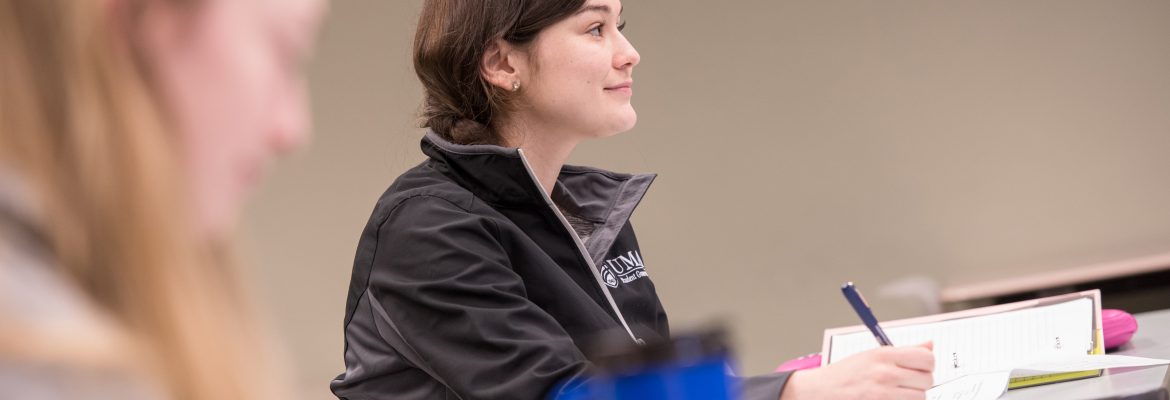The Liberal Studies Bachelor of Arts program is ideal for students who enjoy a wide variety of academic interests, or those who haven’t found one passion. This program gives students a wide menu of courses to choose from, to develop a solid foundation in the humanities, social sciences, mathematics, and natural sciences. Students then choose a minor, rather than a major, in one area.
 Liberal studies has opened me up to a whole world of interdisciplinary studies. I have considered widely and feel prepared to enter a number of different career areas.
Liberal studies has opened me up to a whole world of interdisciplinary studies. I have considered widely and feel prepared to enter a number of different career areas.
– Toby Woodard, ’17
Career Outcomes
Students with a Liberal Arts degree are poised to be successful in a number of areas, as it prepares thoughtful and creative readers, writers, thinkers, and problem solvers. Our majors go into business, education, government, health fields, and social/human services and policy. There really is no career area that isn’t served by a Liberal Studies degree.
Learning Outcomes
Graduates of the program will have the following:
- effective verbal and written communication skills
- the ability to think critically and creatively problem solve
- a foundation in humanities, natural and social sciences
- computer and technological skills appropriate to contemporary workplace environments
- skills for research and lifelong learning
- an awareness of global and multi-cultural concerns
Sample Curriculum
In the first year, students typically take ENG 101: College Writing, designed to prepare for a variety of academic writing. This is followed by ENG 102W: Introduction to Literature, which introduces fundamentals of literary analysis through close reading of poetry, short fiction, and drama. These two courses show students writing as a process, introduce research methods, and model critical reading skills.
Math and lab sciences are also useful to complete early in a student’s course of study, as well as a communications class and introduction to computing. Other requirements can be filled in any number of sequences.
The sample curriculum below offers an example of first year courses.
- ENG 101: College Writing
- ENG 102W: Introduction to Literature
- MATH 100: Math and Its Applications
- BIO 100: Human Biology or BIO 104: Introduction to Human Nutrition
- COM 101: Public Speaking or COM 102: Interpersonal Communications
- CIS 100: Introduction to Computing
- One Humanities course (American Studies, Drama, English, History, Music, Philosophy, or Women’s Studies)
- Fine Arts Elective (studio art, creative writing, or music)
In students’ second year, they may take classes that build on their reading, writing, speaking, listening, and problem solving skills developed in the first year. The sample curriculum below is one example.
- Two semesters of a foreign language, such as American Sign Language or French
- Two semesters of Social Science (from two different disciplines), such as Sociology or Psychology
- One Research Methods class
- One Fine Arts Elective
- One class in student’s choice of minor
In this sample, all General Elective Requirements were completed in students’ first two years. This opens the third and fourth year to upper level electives and classes in a student’s chosen minor.


